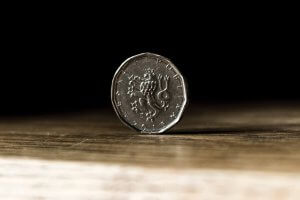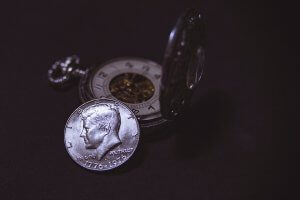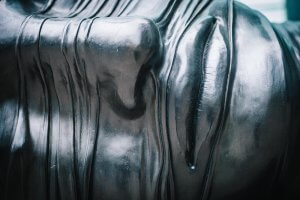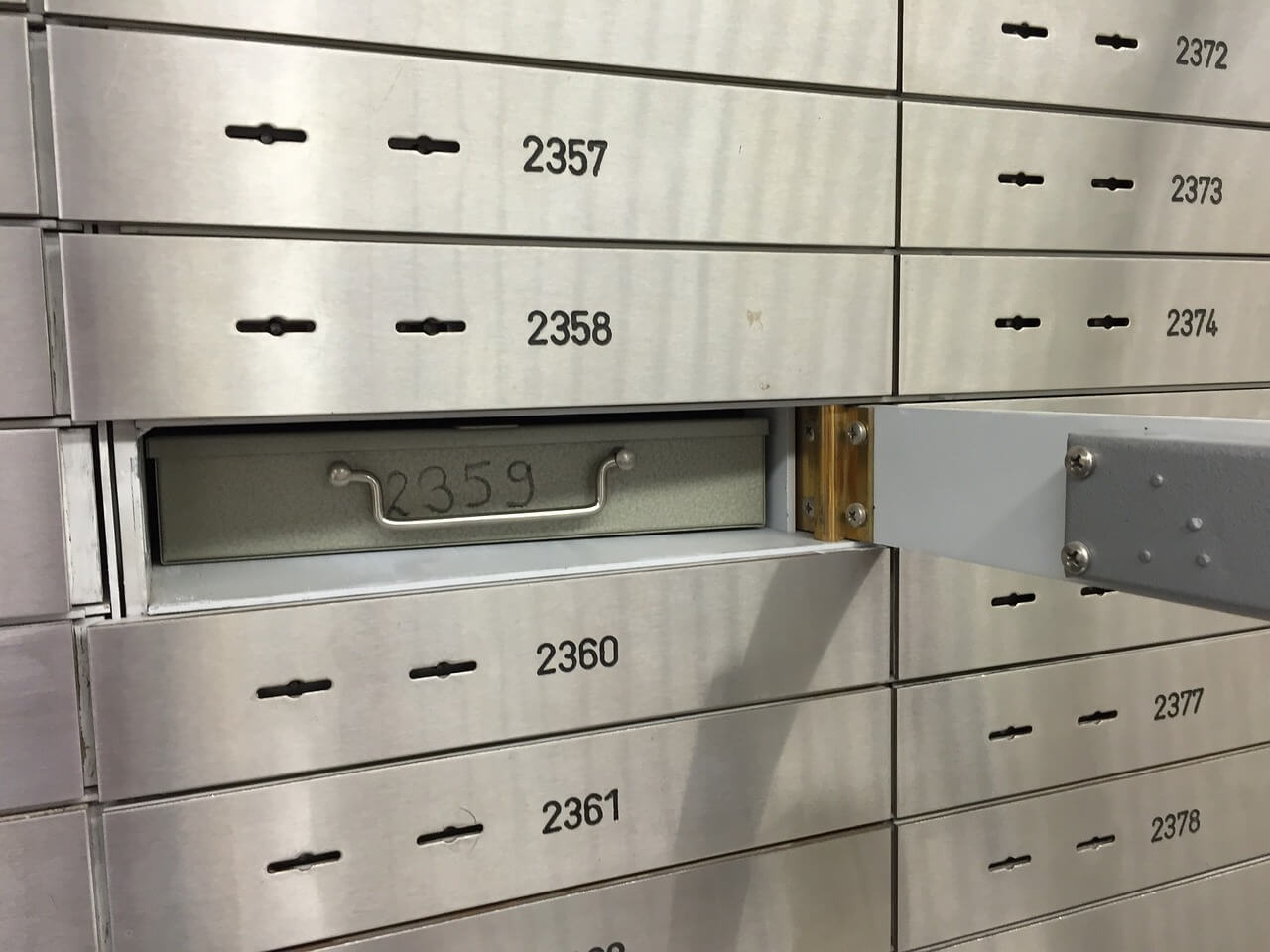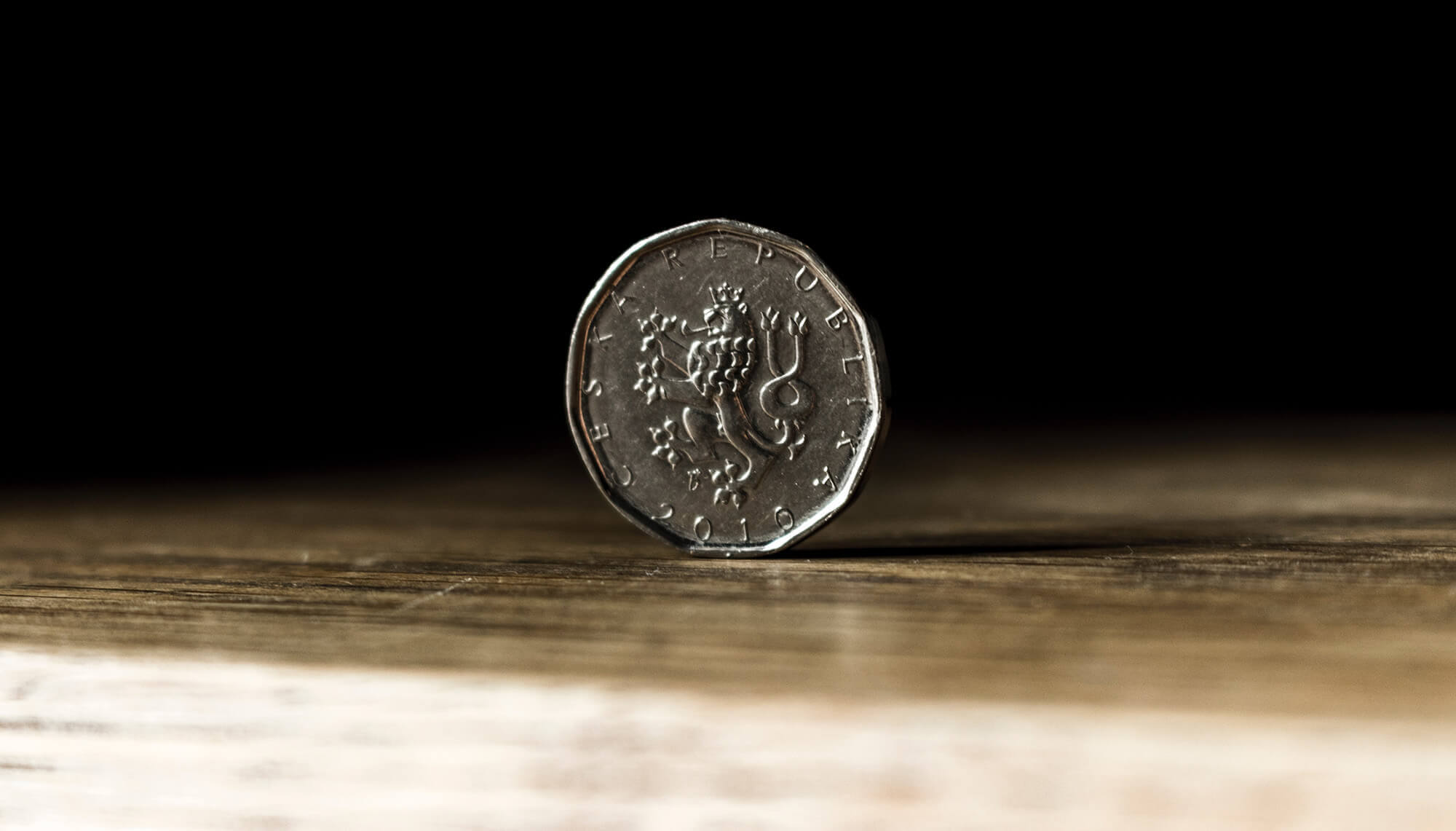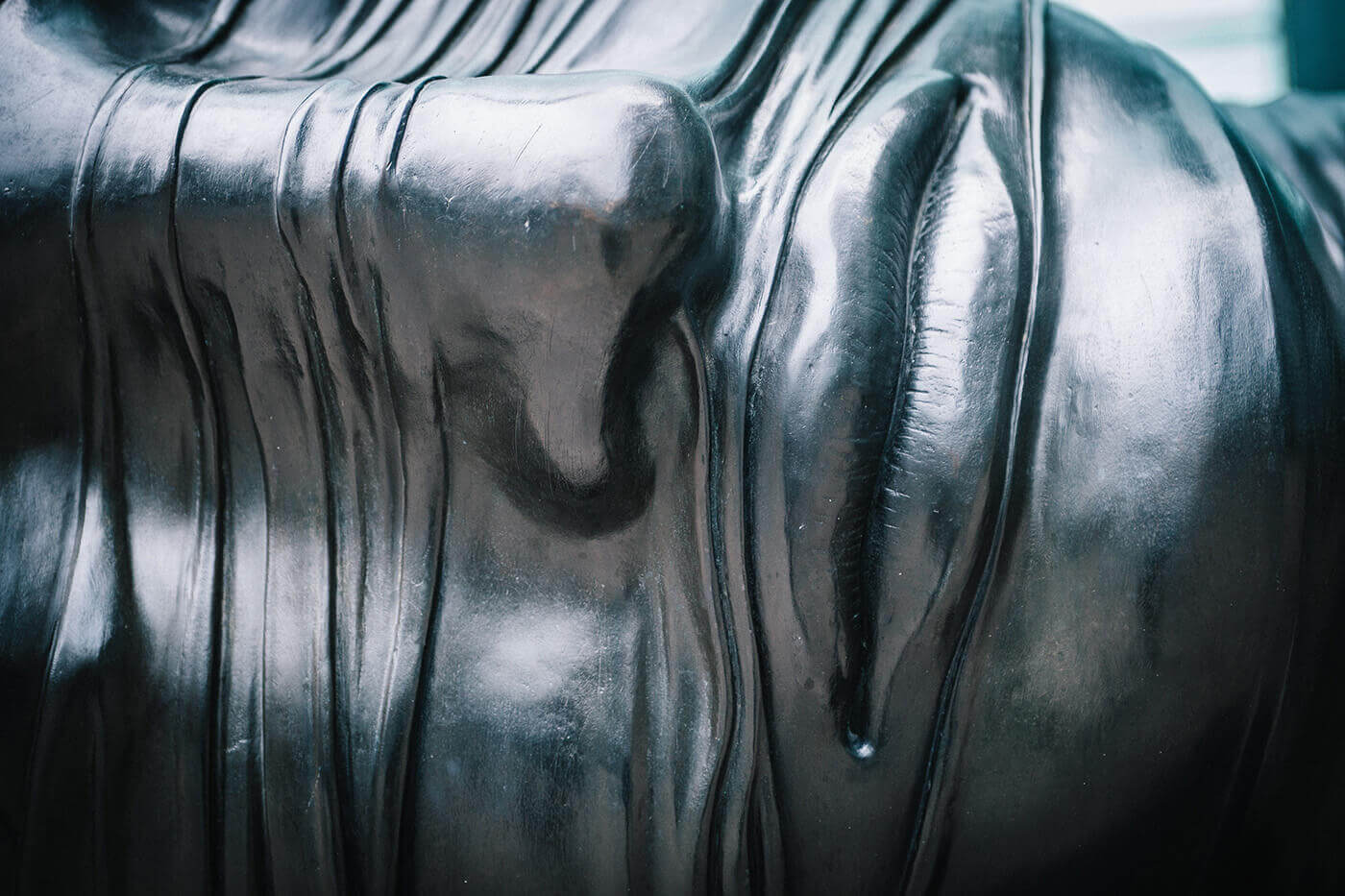Germany is a country full of treasures. For thousands of years, countless treasures made of gold have been found, bearing witness to how influential and prosperous Germany’s history has been. In this blog, we take a deeper look at the precious finds from the heart of Europe and explore the fascinating history of gold in Germany.
Germany is a country full of historical and cultural treasures, and its history of gold is an incredible chapter in its remarkable past. From the most precious finds of ancient Egypt to the modern gold coins of today, Germany has a rich gold tradition. In this blog article, we will take an in-depth look at the history of gold in Germany, including some of the most interesting finds to be discovered. We will look at the different types of gold found in Germany and how they have been used throughout history. We will also take a look at how gold is used in today’s German culture. In the end, we will take a look at the importance of gold to Germany as a whole and see how it has influenced the history of the country.
Inhalt
History of gold in ancient Germany
Gold in Germany has a long and rich history. Since the Iron Age, gold has been mined and processed in different parts of Germany. There are many findings that indicate the importance of gold during this time, including gold jewelry, gold coins, and gold ornaments that have been found. Other artifacts, such as jewelry or wrought iron work, made of gold have also been found in Germany. Many of these finds are unique pieces that provide insight into the history of gold in Germany.
Importance of gold in German culture
In Germany, gold has a long and traditional significance. Since ancient times, gold has been seen as a symbol of wealth, power and prestige. In the Middle Ages, it was used as a means of payment and there was even an entire network of gold traders who transported gold throughout Germany. With the emergence of the modern nation of Germany in the 19th century, gold was again more widely perceived as a symbol of wealth and prosperity. Today, gold is still seen as a symbol of wealth and success in Germany and there are many different types of gold bought and sold in Germany. It is therefore no surprise that gold plays such a significant role in German culture.
Precious finds from the heart of Europe
Germany has been a center of gold for centuries. Since the Middle Ages, gold has been mined in huge quantities from the country’s mountains and used as currency. Today, Germany is still a major gold producer and has a long history of precious finds from the heart of Europe. These finds are unique and can tell us the story of gold in Germany, both in terms of how the gold was mined and how gold was used in artwork. Some of these finds are antique gold coins, antique gold jewelry and even gold bars that are hundreds of years old. These finds are unique evidence of German gold history and offer us a glimpse into the past.
How gold has influenced the German economy
Gold has influenced the German economy through the centuries and is an integral part of German history. In the mid-19th century, the economy experienced a significant boost when gold was imported into Germany. This created a more stable and secure financial system. Gold also played a crucial role in the expansion of trade. It served as a form of currency, used both as a means of payment and as a reserve. The prosperity that gold brought to the Germans allowed the economy to grow and new businesses to emerge. Today, gold continues to play an important role in the German economy, as it is a safe form of investment that provides a degree of security even in difficult times.
Famous Gold Finds in Germany
Germany is a country that has a long history of gold trading and jewelry that spans centuries. It is therefore not surprising that some of the most famous gold findings have been found in Germany. One of the most famous finds is the Golden Chessboard, which was found in a mine in Schleswig-Holstein in the 16th century. It is one of the oldest preserved examples of gold jewelry in Germany and was exhibited in the Museum für Kunst und Gewerbe in Hamburg in 1845. Another famous gold find is the “Golden Chain of Gifhorn”, an 8th century necklace consisting of thirty-two round gold plates and considered one of the earliest examples of gold jewelry in Germany. This find was discovered in 1877 in a field pit near Gifhorn. Both gold findings are a true treasure for Germany and proof that the country has a long history of gold jewelry.
Conclusion
In summary, we can say that gold is an integral part of German history and culture. Its importance extends far beyond the era of the Roman occupation of Germany, when gold was used as a means of payment and a commodity of trade. Although gold is no longer as common in Germany, finds from the heart of Europe have given us an insight into its long history. From prehistoric jewellery to modern excavations, the finds have given us a valuable insight into its past and culture.


